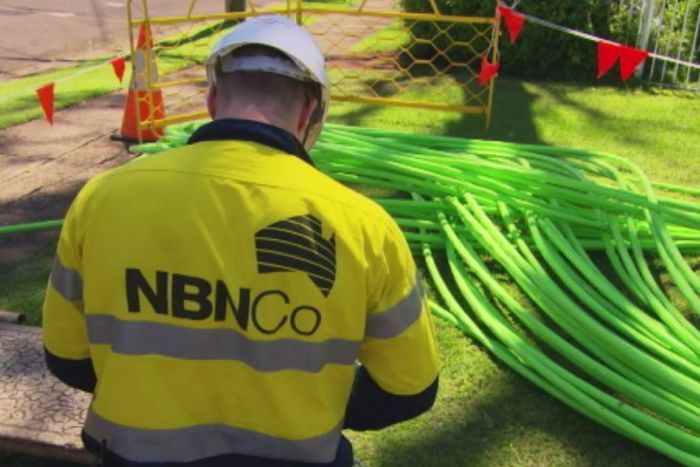
The NBN is ~meant~ to be fast, but as you probably know, not all NBN providers are equal.
An NBN 100 plan on one telco, say Telstra, won’t necessarily be the same speed as an NBN 100 plan on Optus, even though they’re kinda the same thing. The way NBN providers buy network capacity from NBN Co means there can be quite a bit of variance in peak hour speeds from one provider to another. But thanks to the ACCC, NBN providers are now disclosing the NBN speeds you’ll *actually* get if you sign up with them, not just the speed tier you’re connecting on.
Well, to be honest, some simply disclosing the minimum speed as laid out by the ACCC, which is significantly lower than providers who are putting in the effort to put ensure you still get great speeds during peak hours. We prefer to the focus on the good, so we’re going to go through the NBN providers with the fasted evening speeds.
Before we continue, it’s important to understand the “typical evening speeds” provided by NBN providers are just an indication of the speeds you can reasonably expect during peak hours. There’s a myriad of other factors that can affect what speeds you’re able to get. These include the technology you’re using to connect to the NBN, the hardware in your home, and abnormally high usage in your area.
Telstra
- NBN 100: 90.41Mbps during peak hours
- NBN 50: 45.37Mbps during peak hours
- NBN 25: 23.1Mbps during peak hours
Telstra is currently top dog when it comes to NBN evening speeds, albeit by a narrow margin. While you certainly pay for the privilege, it’s good to know that Australia’s biggest telco is delivering a premium service to match its premium price tags.
Aussie Broadband
- NBN 100: 90Mbps during peak hours
- NBN 50: 45Mbps during peak hours
- NBN 25: 23Mbps during peak hours
Aussie Broadband is an NBN provider that seems to pride itself on doing a great job, promising congestion free NBN. In addition to some of the best evening speeds around, all of Aussie Broadband’s NBN plans are contract-free with no setup fees (unless you need a modem). You’re also able to build your own plan, picking from over 15 different data allowance options. This can be a great way to save money if you know exactly how much data you use each month.
Aussie Broadband is currently the only provider to public CVC capacity graphs for each NBN Point of Internet connection, which means you can get a more accurate idea of what speeds in your area will be like.
Optus
- NBN 100: 81.2Mbps during peak hours
- NBN 50: 43.65Mbps during peak hours
- NBN 12: 9.29Mbps during peak hours
Optus’ NBN 100 evening speeds don’t quite match the best of the best, but you’ll get more than respectable NBN 50 performance. And if you’re an Optus mobile customer, you’re also eligible for a $10 per month discount on Optus broadband plans.
Internode
- NBN 100: 80.5Mbps during peak hours
- NBN 50: 43.6Mbps during peak hours
- NBN 12: 10.4Mbps during peak hours
- Internode is arguable one of the more trusted names in Australia telco, and has long been a favourite of the enthusiast crowd. The company’s positive reputation eventually led to it being acquired by iiNet, who in turn was acquired by TPG in 2015. While Internode might have new corporate masters, it’s still winning customer satisfaction awards AND delivering pretty good NBN evening speeds.
TPG
- NBN 100: 80.2Mbps during peak hours
- NBN 50: 46Mbps during peak hours
- NBN 12: 11Mbps during peak hours
TPG might be considered a discount brand, but its NBN speeds are anything but budget. You might not get peak hour NBN 100 speeds as fast as Aussie Broadband or Telstra, but TPG currently reports the fastest NBN 50 evening speeds around.
iiNet
- NBN 100: 78.5Mbps during peak hours
- NBN 50: 46Mbps during peak hours
- NBN 12: 9.6Mbps during peak hours
As TPG’s stablemate, it’s not surprising to see that iiNet’s evening speeds are pretty similar. While TPG currently reports faster NBN 100 and NBN 12 speeds, iiNet matches it on NBN 50 for the fastest evening speeds around for the tier.



